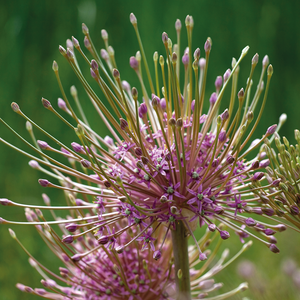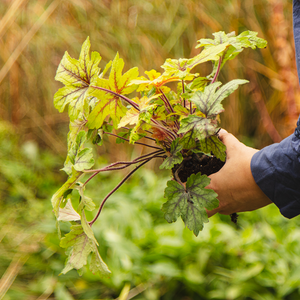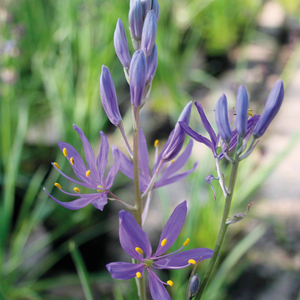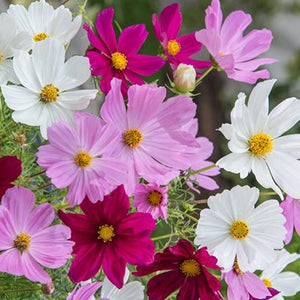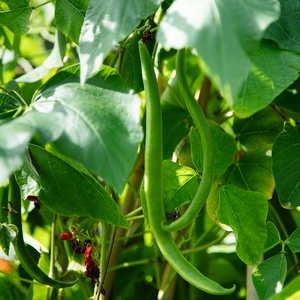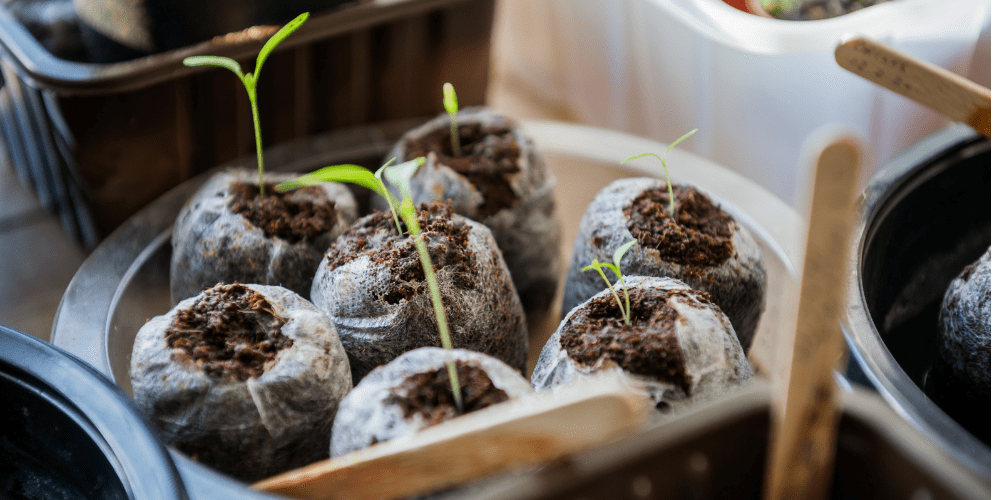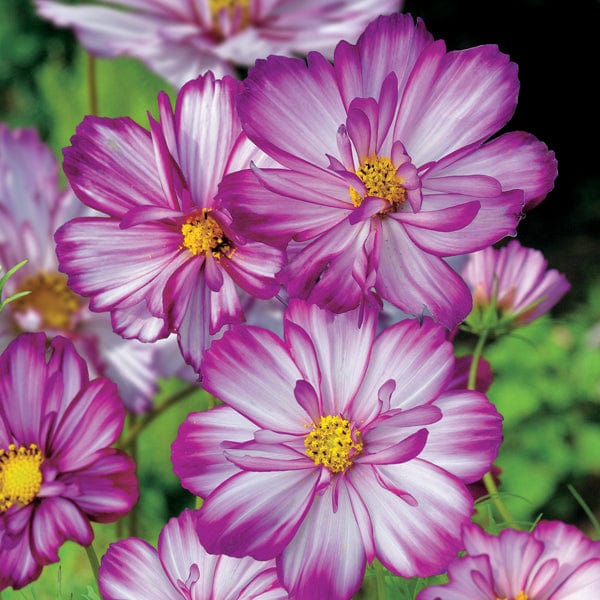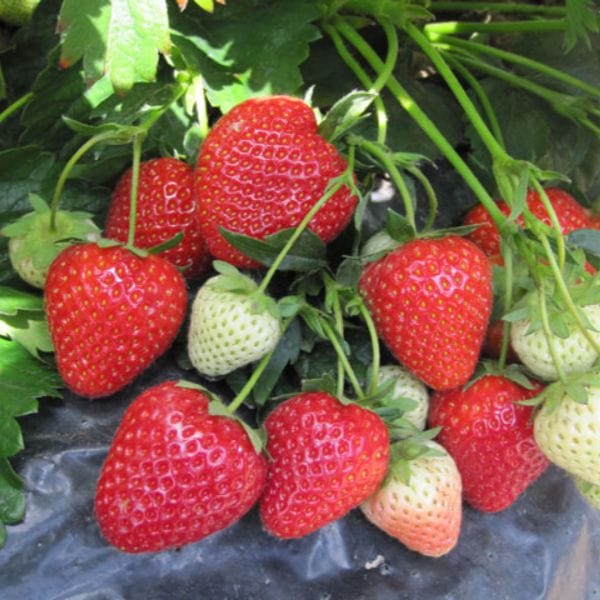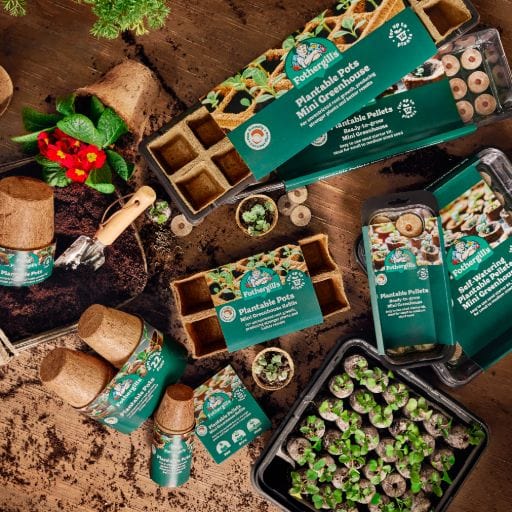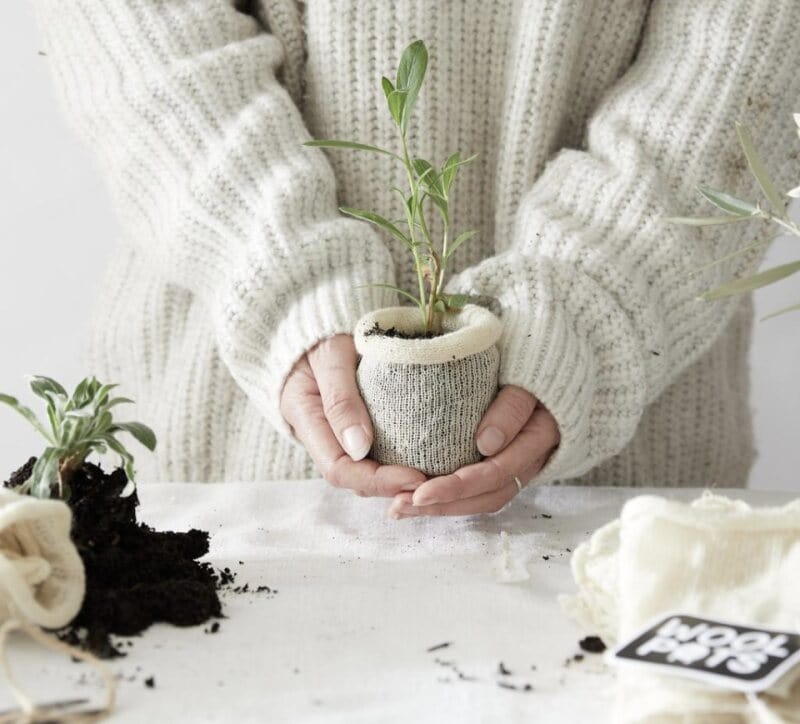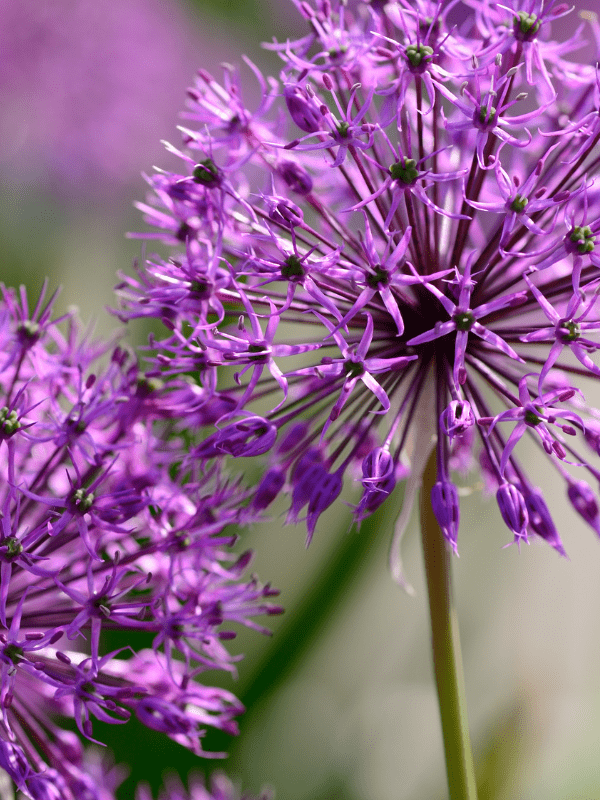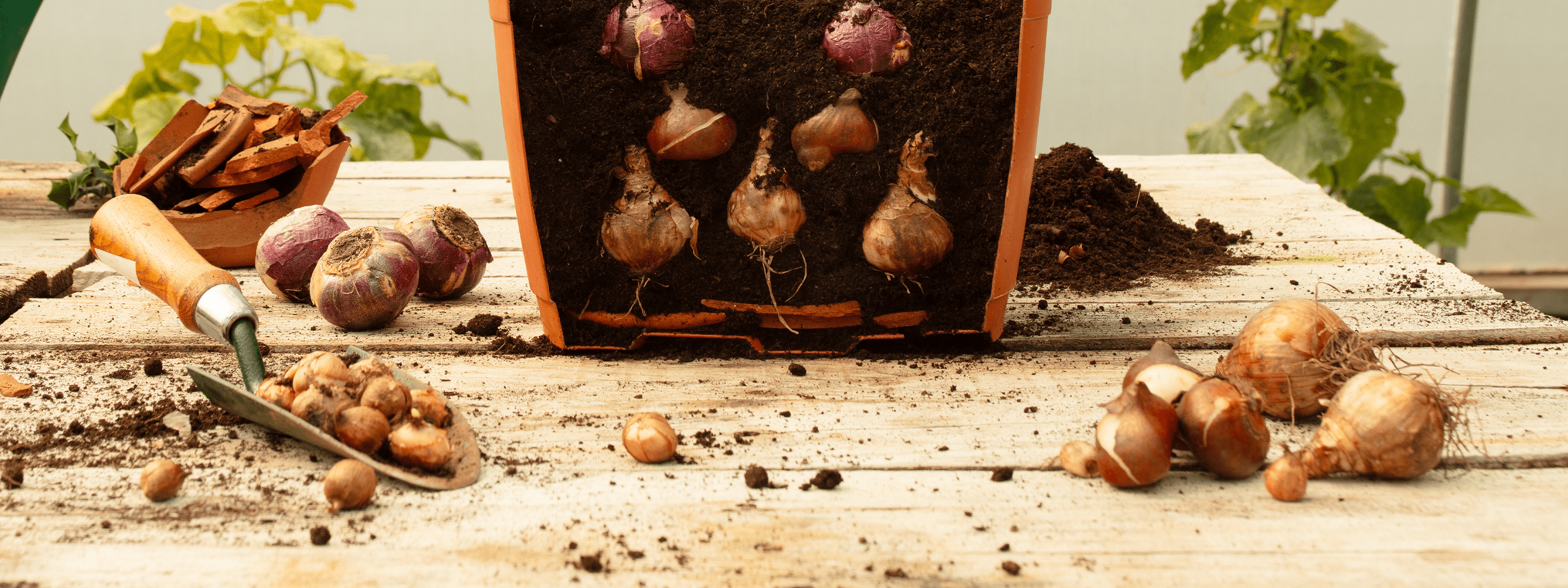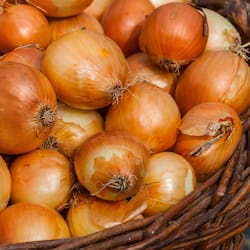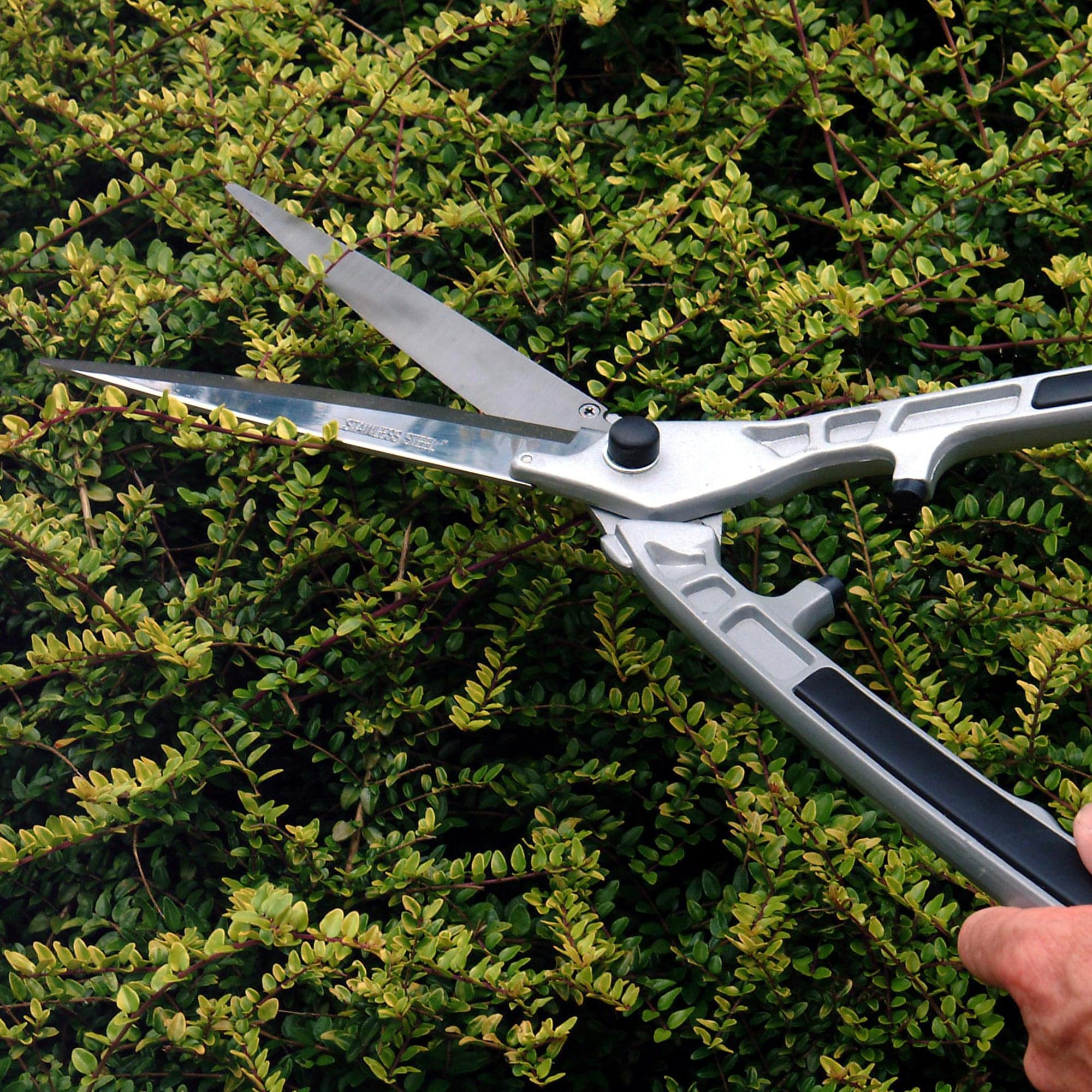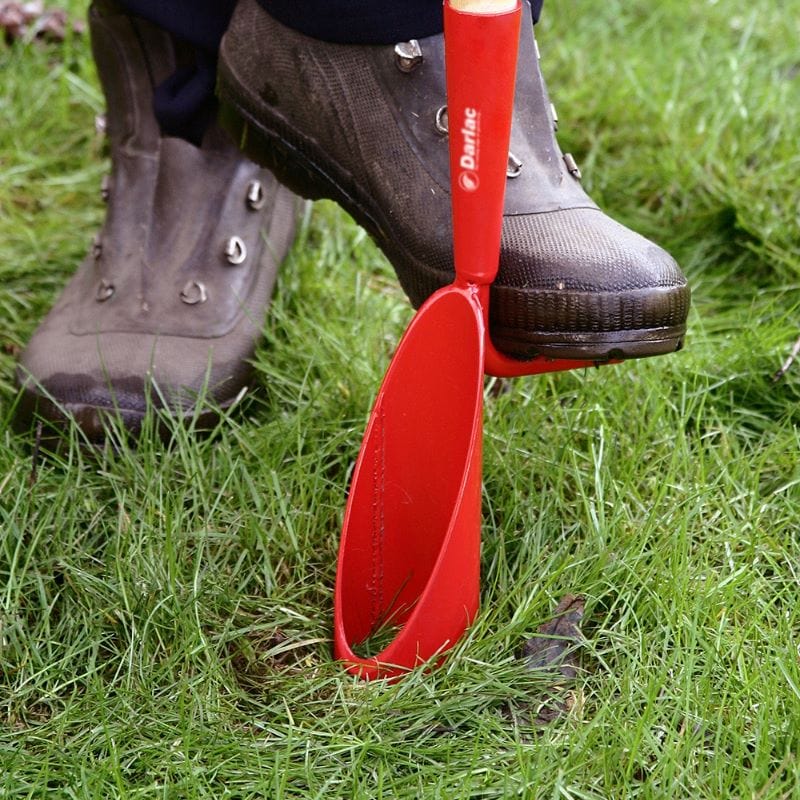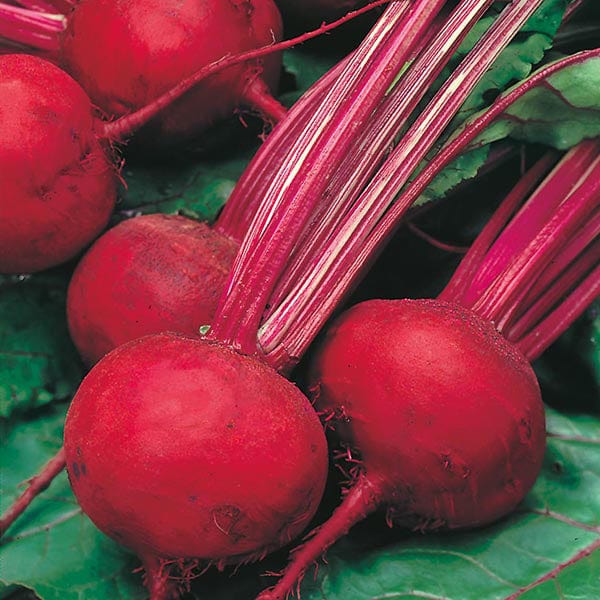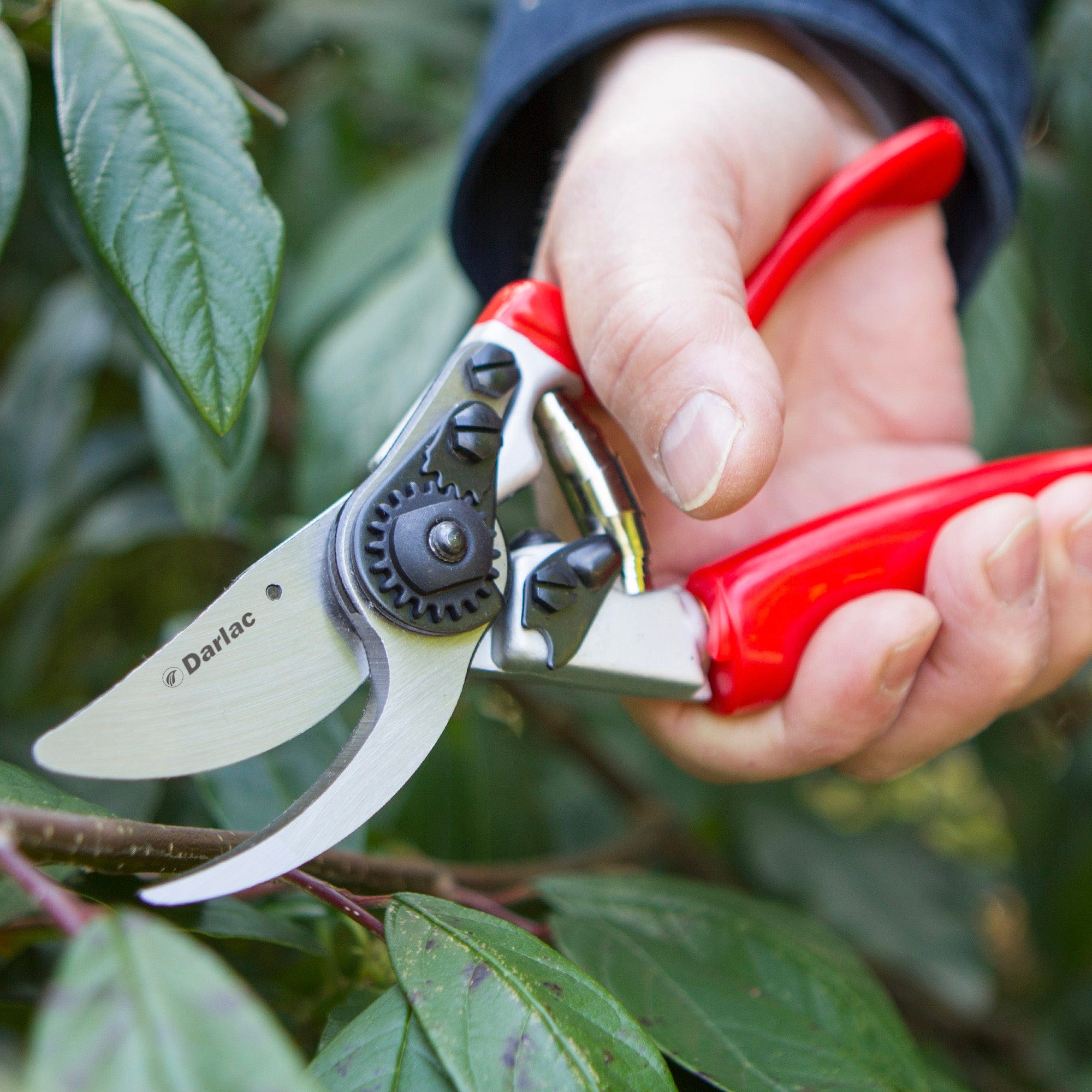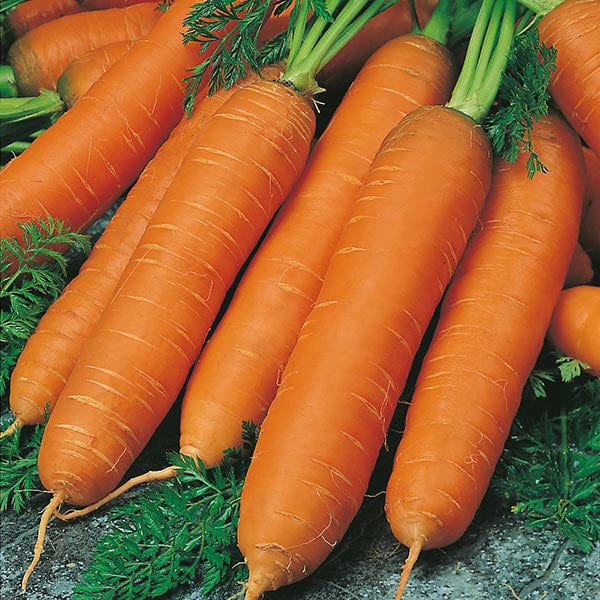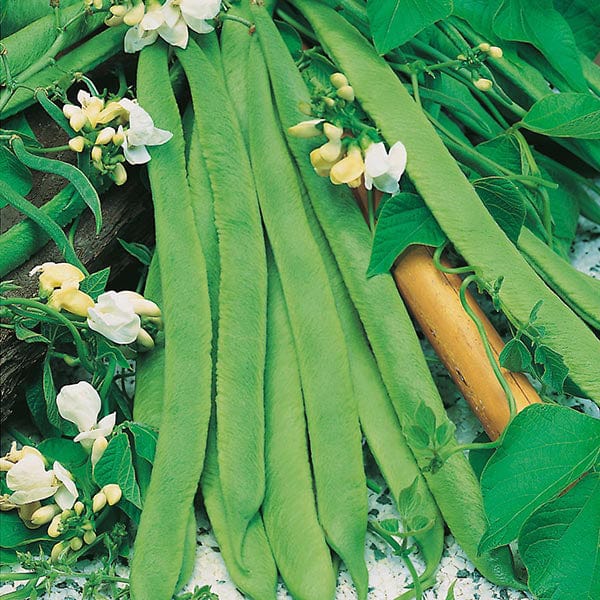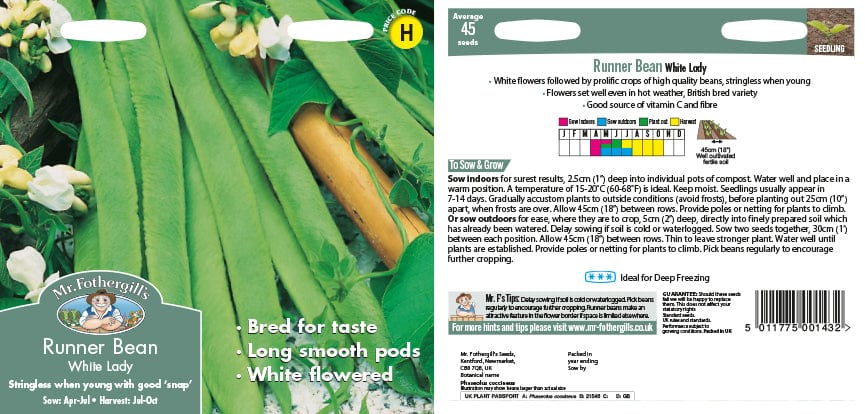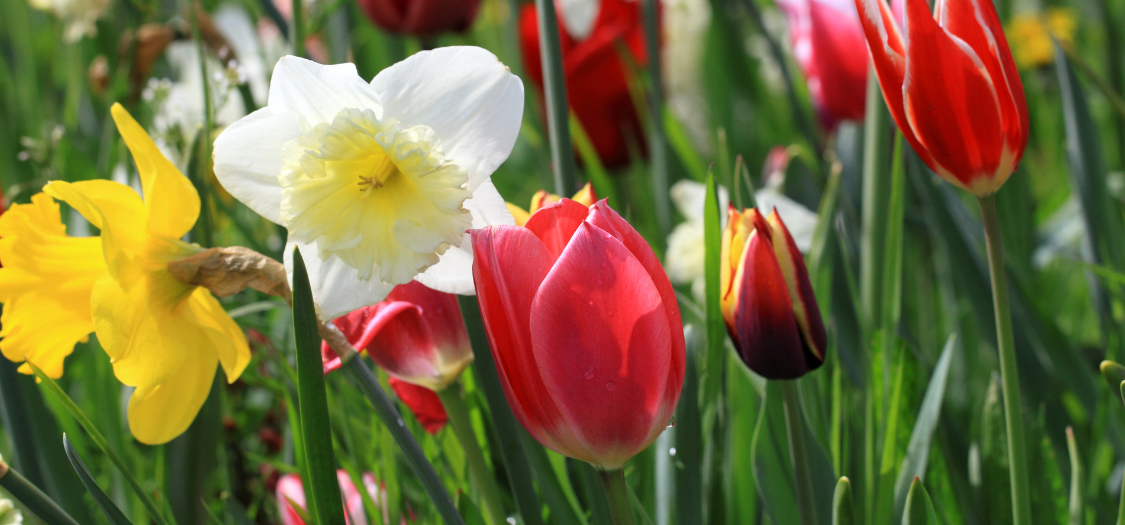Did you know that a number of today’s health problems can be traced to a poor diet? With so much processed food on supermarket shelves, it’s becoming all the more important to influence little one’s dietary choices from a young age. According to The Jamie Oliver Group campaign, 20% of UK children leave primary school with obesity.
So, what better time is there to introduce children to the pleasures and rewards of growing vegetable plants from scratch in the garden? School gardens are the perfect way to help kids appreciate the beauty and value of fresh, healthy vegetables. They can even learn where they come from, the science behind how they grow, and, indeed, how delicious veggies can be!

How to Start a School Garden
Not only do school gardens encourage students to eat fresh, but they are also an excellent teaching resource, with plenty of opportunities to link to the curriculum.
Whether you have a large green garden, a patio area or a few window sills and pots, all you need is a sunny spot, somewhere to contain soil, and some enthusiastic little helpers! We’re here to give you a few pointers on how to plant a school garden.
Start small
Bringing your vision for a school garden to life may seem like a daunting task. But it’s important to start small.
1. Containers and larger planters
Containers and planters are very manageable, and you can grow just about anything in them. Containers allow you to create an almost immediate impact anywhere at a minimal cost.
2. Raised beds
Raised beds are ideal for school gardens. Typically protected by wooden borders and raised off the ground, these beds reduce the likelihood of seedlings being trampled by curious little ones.
3. Woodchips
We recommend laying wood chips along the paths in between your beds as they provide a relatively clean, soft surface.
Designing Your School Garden
This is the fun part and a lovely way to get the classroom’s creative juices flowing. If your garden is going to be a little more than a few raised beds, get the kids involved in the design process. Show them some examples of vegetable garden designs. One of your children might even have a photo of a family allotment plot to show the class.
Ask the children to make sketches of what their ideal vegetable garden would look like. Or put together a mood board of what they’d like to see.
It’s definitely worth considering what other gardening accessories you might be able to add to the garden at this point. A bird table? A bug hotel? A little pond? The possibilities are endless.
What to Grow in the School Garden?
It’s important to choose plants that are robust, easy to grow and ready to harvest during term time. Don’t worry; we’ve got a few suggestions to get you started.
Runner beans, climbing French beans, or dwarf beans
Bean plants can be grown in pots, are fast growers and don’t mind the changeable British weather. Bean seeds benefit from support for them to climb up. Choose either bamboo poles or a little trellis, and watch your children’s faces as they notice the plants climbing a little higher each day. Picking the pods and popping them open is always such a joy!
Potatoes
You don’t have to have a large vegetable garden to grow seed potatoes - they can be grown in grow sacks or even a bucket. Place your first early seed potato in the soil and wait until you see the sprouts starting to appear at the surface. Add another layer of soil on top to cover them up, and you’ll eventually have a potato plant ready to be planted. The children will love the hands-on process of unearthing the potatoes once the plant withers and dies back.
Winter squash and pumpkin
In order to enjoy them just in time for when children return from summer holidays, Pumpkin plants and squash plants should be planted near the end of spring. You could even coordinate with your school kitchen to make a lovely squash soup or run a pumpkin carving competition—although it might be an idea to send the pumpkins home for supervised carving!
Tomatoes
Tomato plants can be grown in so many different ways - they just need a sheltered, sunny spot. You can start them from tomato seeds indoors or buy them as young plants and grow them in a greenhouse, in pots, or in the ground. They do require quite a lot of care, including regular watering, feeding and protection from frost - but it would make for a great project for older children!
With an incredible smell and a sweet, fresh taste, it’s no wonder tomatoes are one of the most popular crops to grow. And a perfect break-time snack!
Related Products
Grow Your School Garden with Fothergill’s
So there you have it—a few pointers to get you started in your quest to plant a school garden. Growing vegetable and fruit plants is an empowering, educational activity that brings a huge amount of satisfaction and reward. Even a failed crop is a lesson in itself!
For more ideas, take a look at our growing help and advice blog and get started by ordering your gardening essentials from Fothergill’s today.
